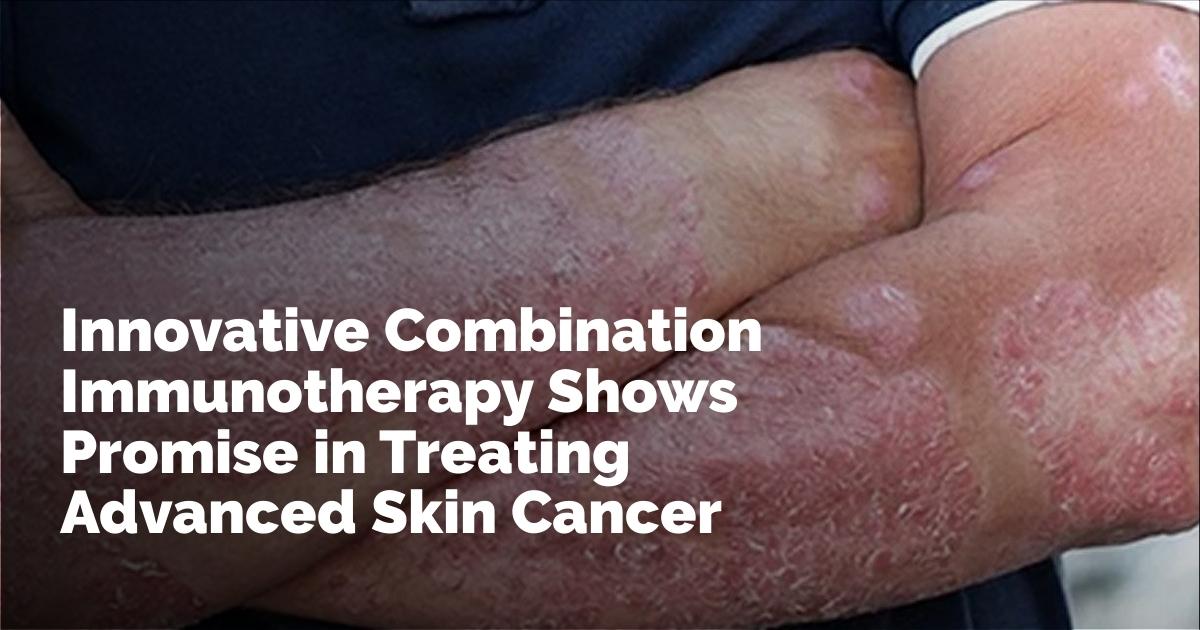The Surprising Link Between Vitamin D and Skin Cancer: What You Need to Know
Introduction to Sunscreen and Its Common Uses
Understanding the Role of Vitamin D in Health
How Sunscreen Affects Vitamin D Production
The Connection Between Vitamin D and Skin Cancer Prevention
Balancing Sun Protection and Vitamin D Intake
Tips for Safe Sun Exposure and Optimal Health
Conclusion: Rethinking Sunscreen Application and Health Benefits









